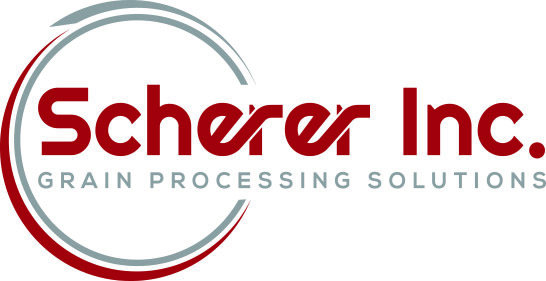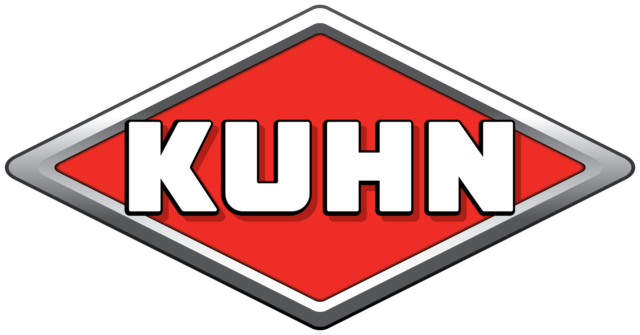Failure to pay attention to important management practices affecting the bull often results in reduced calving rates, increased calf mortality, and loss of uniformity and marketability. Poor bull management practices result in three critical pitfalls. Let’s examine each of these and consider ways these problems can be avoided.
Uncontrolled calving
Controlled calving, of course, means you have to remove your bull or bulls from the cowherd for most of the year. Often, small producers with limited pastures have a difficult time housing the bull when he is not breeding. Also, when the bull is held behind traditional fences, he often escapes and breeds cows out of season. Perhaps the easiest way to keep the bull away from cows is with electric fencing.
Modern fencing systems can economically control even the most unruly bulls. The key is to use the correct type of fence charger. Use only a high-output (high voltage, high joule rating) charger. With these systems, bulls can usually be controlled with a single electrified wire. However it is done, producers should strive for a controlled breeding season. Without this single element, most other management becomes difficult, if not impossible. Uniform calves produced in restrictive breeding-calving seasons are also much more marketable and manageable.
Inbreeding
Inbreeding is simply the mating of relatives. When closely-related individuals are mated, productivity of offspring is affected. This reduction in productivity is called inbreeding depression. Traits most affected are vigor and viability of the calf.
Also, when relatives are mated, recessive genes that can cause death or deformity to the calf are often expressed. But inbreeding is not simply a “yes/no” concept. There are actually varying degrees. Some inbreeding may be tolerable (though not generally recommended). For instance, mating half siblings (half brother to his half sister) will usually not cause significant problems over generations.
However, in small herds, producers often mate a parent to its offspring. This results in a much higher level of inbreeding and with that comes the potential for substantial inbreeding depression. The most common parent-offspring mating is the breeding of a bull to his own daughters.
This often happens in small “single bull” herds and occurs more rapidly than most people realize. When replacement heifers are kept from within the herd, close inbreeding will occur when a bull is used for three or more years. There are two ways to avoid this problem. First, you can replace your bull every third year (use him for only two consecutive breeding seasons). This is usually not a very popular choice, but it is a necessary one if you plan to keep replacement heifers from within your herd. Perhaps a better solution for most small producers is to simply forget about raising replacement heifers altogether.
In most cases, it is more cost-effective to buy replacement females (heifers or cows) than to raise them. If you sell all heifers produced by your bull and buy replacement females not related to your bull, inbreeding will not occur. Of course, the useful lifetime of the bull also dramatically increases. When you buy replacement cows, it becomes possible to create a herd that is entirely composed of mature cows (3 or more years of age).
Under these conditions, it becomes possible to develop a breeding program that “challenges” cows by breeding them to a bull from a more muscular and growth-oriented breed. Remember, no replacement heifers will be kept so you don’t have to worry about “maternal” traits when selecting bulls. And because all of the cows are at least three years of age, they should be able to safely give birth to a larger calf. You can now focus on the production of the best market calf.
Breeding mature cows to sire breeds with more growth and muscularity is known as “terminal crossbreeding.” Of course the term “terminal” only applies if all calves are marketed (no replacement heifers are kept). When bulls with greater growth potential and muscularity (Charolais, Limousin, Simmental, etc.) are mated to moderate-sized cows with adequate milk production potential, weaning weights often increase by 50 to 100 pounds. Of course, quality “terminal” bulls must be used to get these results.
Disease transmission
Unfortunately, many producers buy mature bulls for breeding. This practice is always dangerous. There are several reproductive diseases that can be spread by the bull. Most cause abortion (death and expulsion of the fetus). Though some reproductive diseases are adequately prevented by vaccination of the cowherd, there are others that are much more difficult to prevent. One of these diseases is “trichomoniasis” or “trich.” Protozoa carried by the bull cause trichomoniasis. Because of anatomical differences, older bulls are much more likely to carry the organism than younger bulls.
As bulls age, small indentations occur in tissues on and around the penis. This is where the trichomoniasis organism resides in infected bulls. Because the organism is largely protected within these “crypts,” they are difficult to find and culture. As a result, diagnosis of trichomoniasis in the bull is fairly difficult. Tests often result in false negatives. In other words, organisms are not cultured even though the bull is infected. When bulls transmit trichomoniasis to the herd, cows frequently abort. It is not uncommon to see 30 to 40 percent calf crops in trichomoniasis-infected herds.
Fortunately, good bull management largely prevents the occurrence of this disease. First, producers should always avoid buying bulls bred to cows in other herds unless they are absolutely certain the herd was clean. It is best to avoid buying mature bulls (those over 2 years of age) altogether. Producers who buy mature bulls at the sale barn for breeding are playing “Russian Roulette” with their herds.
Cows carry the disease for relatively short periods (180 days). Because the disease is only transmitted during breeding, cows in herds with controlled calving seasons (less than 120 days) do not become “reservoirs” of disease organisms. This is yet another good reason for controlled, seasonal breeding and calving. If breeding and calving seasons are controlled (less than 120 days), if only virgin bulls are purchased, and if bulls are culled at 5 to 7 years of age, trichomoniasis can usually be avoided.
The saying that a chain is no stronger than its weakest link is very applicable to beef cattle production. Bull management is one of the key links that needs to be fortified before other progress becomes possible. ![]()
—Excerpts from the Noble Foundation









